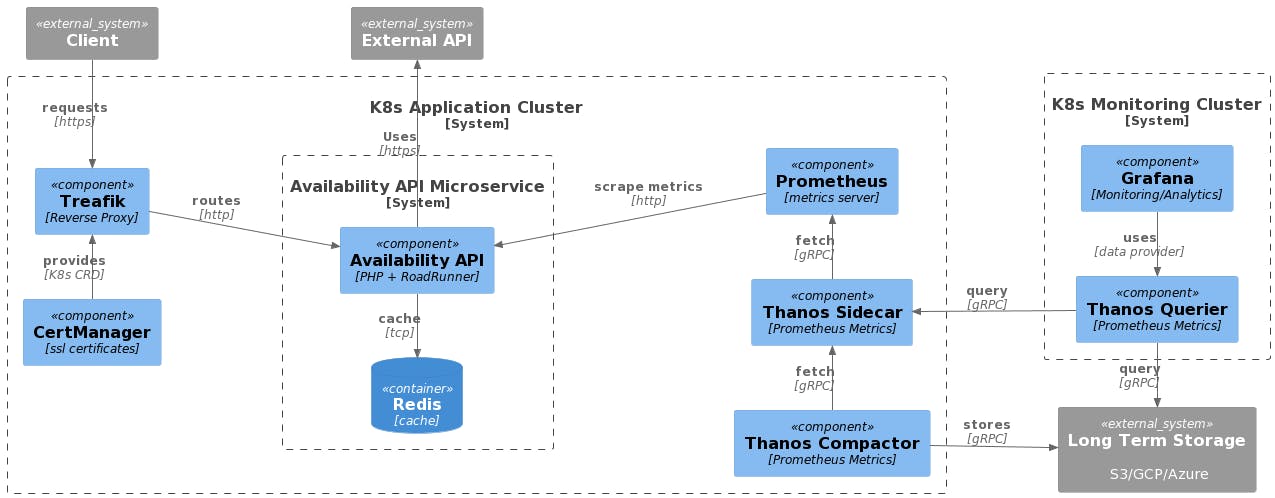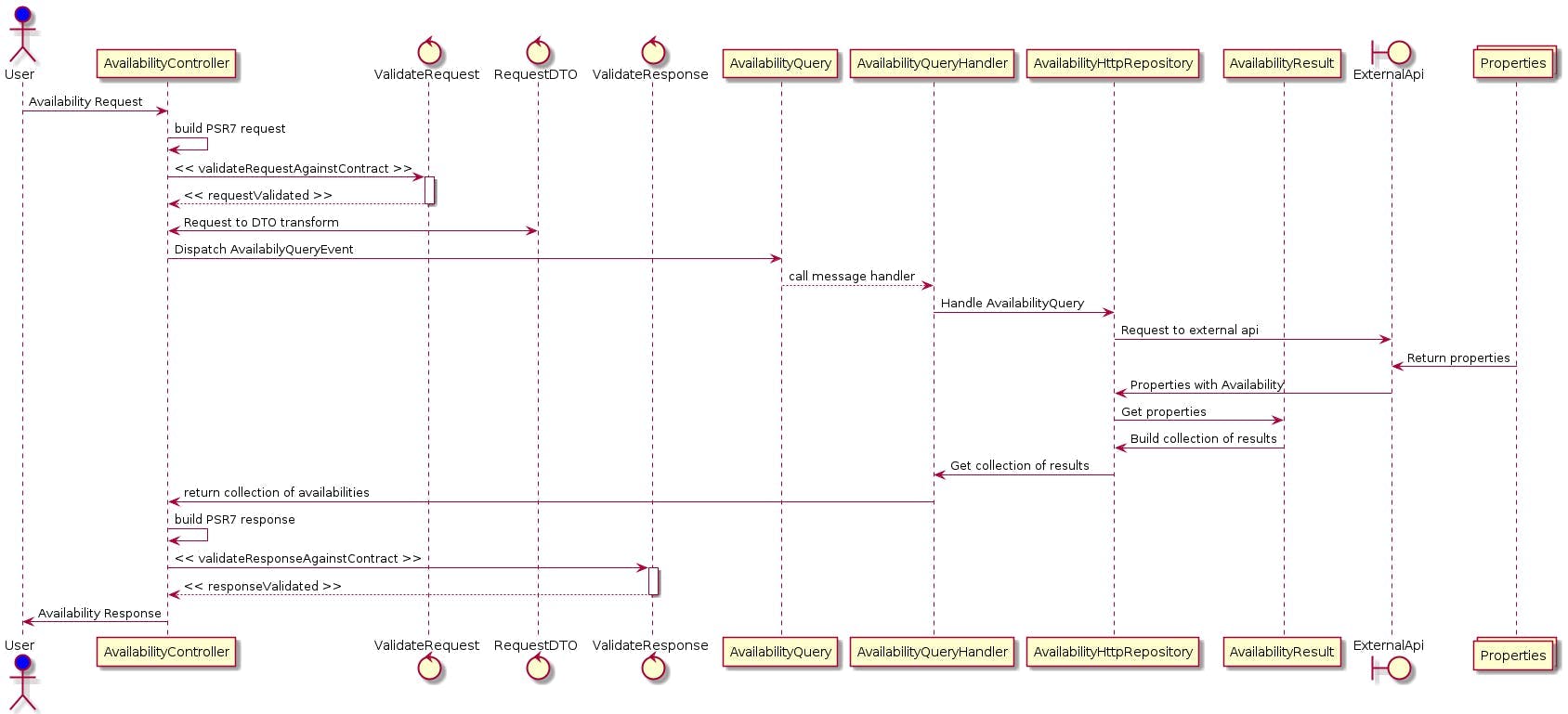From PHP to Rust: Migrating a REST API between these two languages. (Part I)
Migrating a Rest API implemented in hexagonal architecture
Disclaimer
Before beginning, I want to say that I'm a huge fan of PHP for several years. This not only allowed me to create great applications but also keeps the food on my table <3.
However, Rust is gaining traction among the developer community. It's not for nothing that it's the most loved programming language in the last 7 years in Stackoverflow's Developer Survey (details here). With this blog post, I want to try and show you the difficulties for a PHP developer to learn Rust with a practical example: the migration of a single API endpoint from PHP to Rust.
What's RUST Language
Originally made as a C-Language replacement, Rust rapidly evolved not only to build software systems (operating systems, IoT, and AI) but with the big community, the web frameworks begin to grow in the ecosystem
Why Rust:
Blazingly fast and memory-efficient. With no runtime or garbage collector, it can power performance-critical services
A strong typed system and ownership model that guarantees memory-safety and thread-safety programming, enabling you to eliminate many cases of bugs at compile-time
Great documentation, a friendly compiler with useful error messages, top-notch tooling and much more.
The most known web framework is called Actix-Web (more here) , and it is considered one of the most performant web frameworks available on the market, capable of serving 552K requests per second. (the benchmark can be viewed here)
The Application
If you read my previous blog post, I always have a "demo application" to use in all my tutorials: the "Availability API". This application is far from simple but it contains the implementation of a minimum web application nowadays (Rest API, DB Access, Hexagonal Architecture design, etc).
The architecture of the infrastructure is not important here but since we use a k8s cluster agnostic, we can reuse it here for demonstration purposes.

The Migration
As the first step, we want to write the web server and configure the web server using the actix-web framework. This will include setting the routing and the controller to receive and respond to requests.
File Structures
As we said before, the availability API was designed with a hexagonal architecture in mind, so we want to reach the same goal using Rust. Let's see how it compares with PHP.

Rust main entrypoint
In Rust you use main.rs. This is equal to bootstrapping in PHP. In this file, you have a main() function, which is mandatory for any Rust application to work just like Java or Typescript Main.
Here how my main.rs the file looks like. Remember, that I'm using using actix-web framework, so the "bootstrapping" of the web server will be through the actix-web framework.

You also have the availability-controller. This will ask third party API's and databases if it's available.

Note that PropertyAvailabilityRequest is a DTO with a series of ValueObject that validates itself, so in case of an invalid request body, and serialized JSON error is returned to the client.
Compile and Run
Now let's compile and try to run this first step:
cargo build && cargo run

Now we're ready to test our first very basic endpoint, the response must be equal to the request that we send to the API.
curl --location --request POST 'http://localhost:8080/v1/property/availability' \
--header 'Content-Type: application/vnd.api+json' \
--header 'Accept: application/vnd.api+json' \
--data-raw '{
"requestDates": {
"checkin": "1956-06-29T02:09:38.752Z",
"checkout": "1977-01-17T15:39:47.465Z"
},
"pax": [
{
"adults": 2,
"childs": 1
}
]
}'
And at least for this first part, we can migrate an endpoint from PHP to Rust. We have a lot of work to do regarding the database connection, event dispatching and other kinds of stuff. In the next chapter, we will add some kind of middleware to add custom headers, database connection and so on.
Thank you for reading!
Support Me
If you like what you just read and you find it valuable, then you can buy me a coffee by clicking the link in the image below.


